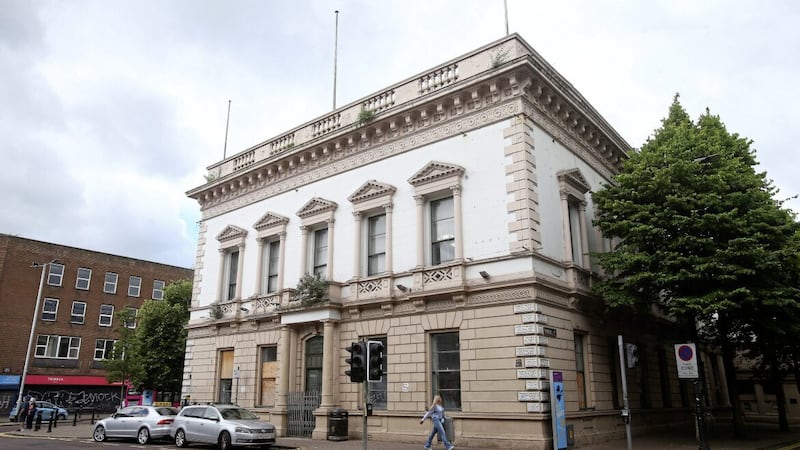BELFAST City Council will today be urged to acquire and save one of the city's most historic buildings.
An event at the Assembly Rooms on the junction of North Street and Waring Street will highlight the plight of the now vacant building, which 230 years ago played host to the Belfast Harpers’ Assembly.
Today's ‘The Manifestation: Belfast Harpers Assembly Gathering’ event is part of the Harps Alive Festival, a series of concerts, workshops and talks showcasing the instrument.
The gathering is expected to hear calls for the council to acquire the Grade B1 listed building for public use.
Ulster Architecture Heritage has said that the Assembly Rooms has “fallen by the wayside and has suffered from vandalism”.
Built in 1769 and converted to a bank in the 19th century, the neo-classical building was listed in 1975 and four years later named Belfast’s Best Kept Public Building.
Co-Chair of the Harps Alive Festival John Gray said the Assembly Rooms is the oldest public building in Belfast.
"It was here that, famously, the citizens of Belfast rejected plans to create a slave trading company, and it was here that United Irish leaders, including Henry Joy McCracken, were court martialled and sentenced to death in 1798,” he said.
Frank Bunting, a descendant of Edward Bunting, who famously transcribed the music of those harpers in 1792 , said it was "Belfast’s shame" that the Assembly Rooms now stood "neglected and decaying".
“The Assembly Rooms are ripe for immediate and respectful rejuvenation, whilst seizing a glaring opportunity for the city," he said.
“The building should become one of Belfast’s cultural and tourist centrepieces - not just as a monument to traditional Irish music, loved the world round, but as a broader cultural venue of international appeal. It has been slow coming, but it’s not too late for the city council to act.”



